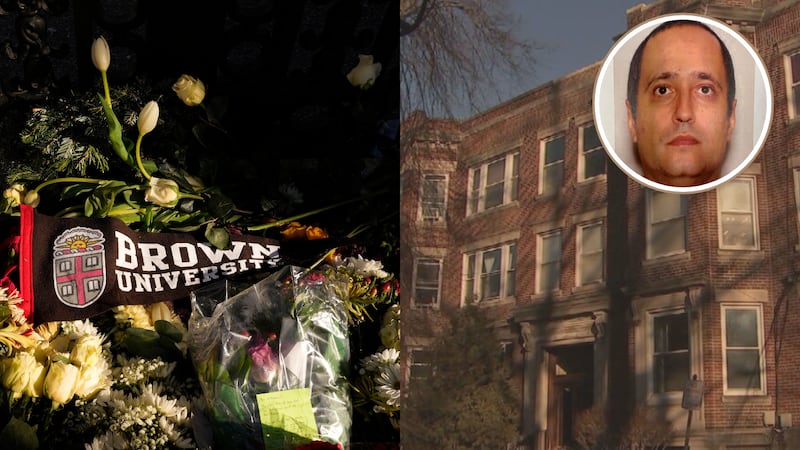With traffic worse than ever before, many drivers are now turning to mapping apps to save a few minutes on their commutes. The catch? Some complain their neighborhoods are evolving into busy cut-throughs.
Wrentham’s Police Chief tells Boston 25 News, it’s become a major issue in his town.
“To save someone 10 seconds, they're sending them into a neighborhood with winding roads, narrow streets, no sidewalks,” Wrentham Police Chief Bill McGrath said. He said it can lead to safety issues for residents and first responders.
Chief McGrath explained, the traffic is especially backed-up near the shopping outlets. People who live in that area echoed the concern to Boston 25 News.
“There are people flying down this road doing 45-50 miles an hour and you know they don't live in this neighborhood,” said Wrentham resident Mark Campbell.
Residents of Essex Street in Saugus tell Boston 25 News Reporter Catherine Parrotta, they’ve seen a bump in speeding cars as drivers avoid Route 1 traffic.
“They come up from Lynn and come up Essex Street and go down Route 1 to the Square One Mall so there's a lot of traffic. It's a busy street no doubt about it,” Richard Camuso told Parrotta.
Saugus Police told Boston 25 News there were 16 crashes on Essex street from January to July of 2018. One of them was deadly.
STOPPING SHORTCUTS
Northeastern University civil engineering professor Peter Furth says other countries, including Holland, have found solutions, but neighborhood residents may not like the answer.
“If people want quiet streets, they're going to have to accept some access restriction,” Professor Furth said.
Inconveniences like road barriers, restricting turn access at busy times of the day, or making streets “one way” can cut down on cut throughs according to Furth.
Furth said it would also help if apps limited local side-street directions to the first and last 1/2 mile of your trip.
Wrentham police have gone so far as to close neighborhoods completely to non-residents at peak times.
“They are going to encounter roadblocks and they'll be sent back to where they came from,” said Chief McGrath. “Everyone has to realize that if everyone tries to take a shortcut, it's not a shortcut anymore.”
The advice from experts?
“You don't want people cutting through your neighborhood? Follow the golden rule,” said Furth
A Google spokesperson issued this statement in response to concerns about rerouted traffic:
Google Maps strives to accurately model and reflect the real world. Municipalities and agencies responsible for managing roads and reducing traffic are free to take measures according to their individual needs (e.g. speed humps, changing speed limits, adding traffic lights). Google Maps will then strive to reflect that reality completely and accurately in our map model. And our automated routing optimization algorithm will inherently take those parameters into account in every route created in Google Maps.
Boston 25 News reached out repeatedly to Waze for comment but they have not responded.
>>RELATED: MassDOT traffic counts find huge increases in volume across Boston area
WATCH BOSTON 25 NEWS
Cox Media Group





